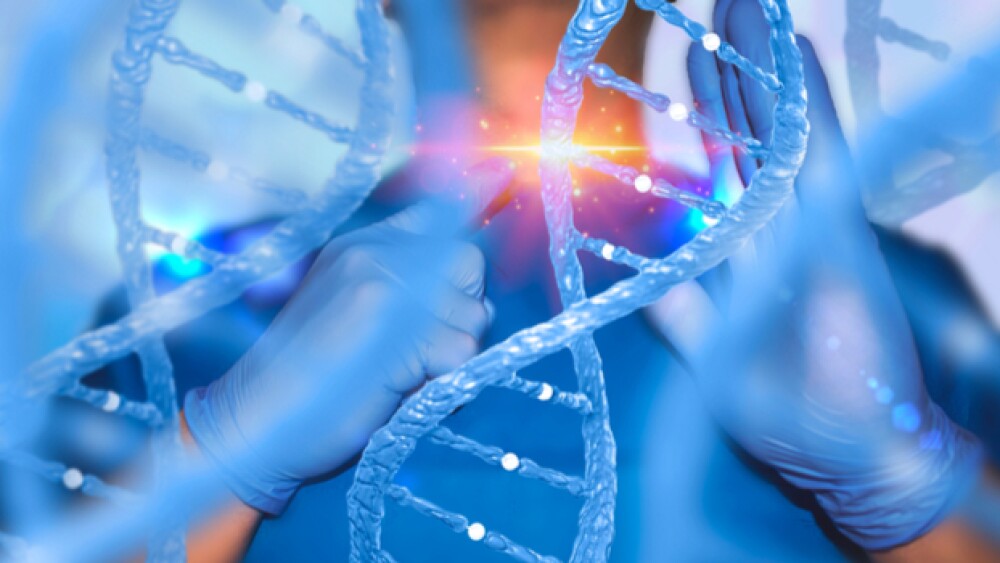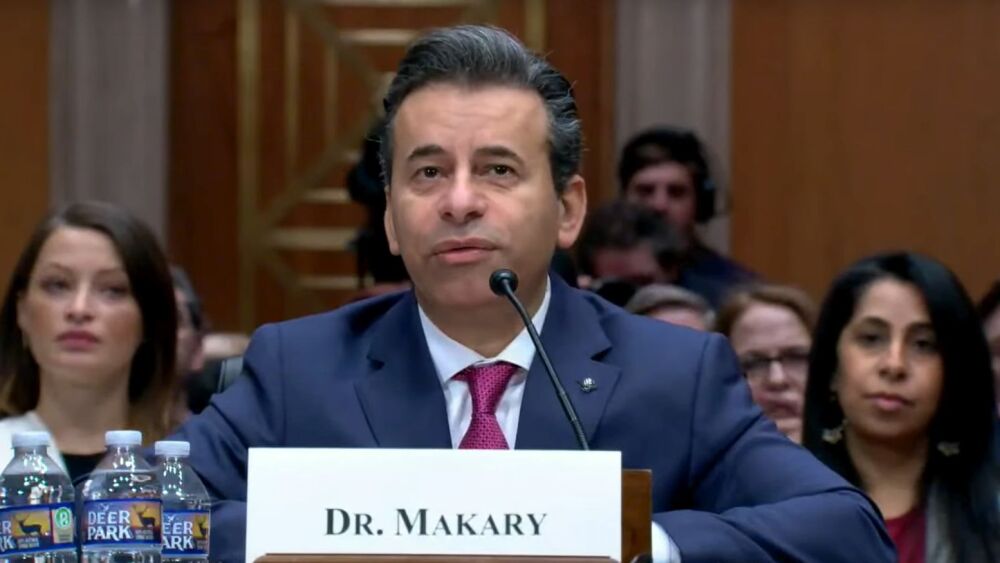CRISPR, the gene editing technique that promises designer babies, to end to all disease as we know it, and biohacking where individuals could change their own genome to include that of fluorescent jellyfish or lobster claws, seems to have more problems than originally thought.
CRISPR, the gene editing technique that promises designer babies, to end to all disease as we know it, and biohacking where individuals could change their own genome to include that of fluorescent jellyfish or lobster claws, seems to have more problems than originally thought. It’s still an amazing technique, but the further researchers push into it, the more controversy it seems to generate, and as far as is known, nobody’s trying to merge human DNA with that of lobsters—yet.
At least two studies in June linked CRISPR to cancer. This is because CRISPR, using the Cas9 enzyme (other enzymes are now appearing to be more precise than Cas9, the first discovered), sometimes makes mistakes in other parts of the genome, which could result in cancer cells.
And at least as controversial, in August 2017, researchers at Oregon Health & Science University conducted work on human embryos, using CRISPR to remove a mutated, heart-disease-causing gene, replacing it with a healthy gene. What Shoukhrat Mitalipov, the biologist in the study, found was that every one of the 112 embryos ignored the healthy gene replacement. “Instead,” STAT wrote at the time, “they copied the healthy gene from their mother and incorporated that into their genome to replace the father’s.”
And then the controversy erupted. Although some of the controversy was related to an ethical debate about so-called “designer babies,”—and isn’t likely to end anytime soon—there was quite a bit of debate among scientists on exactly what the findings of the study had to say about using CRISPR for gene replacements. Which is good, that’s what science is all about.
STAT writes, “Recent studies have shown that CRISPR can tear through a genome like a tornado through Kansas, leaving swaths of nothingness. That can make it impossible to tell what CRISPR actually did, as a study last month revealed, which could be why Mitalipov didn’t detect the mutant paternal gene, argued scientists led by Maria Jasin of Memorial Sloan Kettering Cancer Center and, separately, Paul Thomas of Australia’s University of Adelaide. Both critiques and Mitalipov’s response were published in Nature.”
Dieter Egli of Columbia University, Jasin’s co-author in the critique, told STAT, “Evidence for correction was not provided in the original article. [But] I’ve come to accept that some of the embryos have been edited.”
Mitalipov, however, defends the original conclusions, and in his response, published in Nature, wrote, “To rule out the possibility of large deletions, we decided to carry out a large-scale re-testing of all embryonic blastomere samples from our published study,” and detailed the different methods they used to re-analyze the embryos. “In summary, all these tests failed to detect the presence of large deletions up to ±5 kb from the mutation site in CRISPR-Cas9-treated human embryos. Although the PCR primers used in this study did not identify much larger deletions, available evidence suggests that most deletions induced by CRISPR-Cas9 should have been detected with our assays.”
In other words, Mitalipov stands by his original interpretation and backs it up with further testing.
If further work verifies Mitalipov’s findings, it suggests that using CRISPR as is won’t be enough to start fixing genes in embryos, at least not yet. STAT noted, “In every case where CRISPR deleted the paternal, mutant gene as intended, the embryo’s genome repaired it not with the healthy gene that CRISPR carried but by copying the healthy gene on the maternal chromosome.”
Currently, there are clinical trials ongoing in China, Europe and the United States using CRISPR. CRISPR Therapeutics is treating patients with beta thalassemia in Europe using its gene-editing tool. In that trial, researchers harvest stem cells from the patients and use CRISPR to fix the cells, so they have increased levels of fetal hemoglobin, then infuse them back into the patients’ bodies via stem cell transplant. As of February 2018, there were nine registered clinical trials of CRISPR-edited cells to treat cancer and HIV infections in China. There is one at the University of Pennsylvania for melanoma, sarcoma, and multiple myeloma.
It’s possible that the techniques will “stick” when used in individual cells that are then transplanted back, as compared to Mitalipov’s experiments on embryos. It’s also possible that the technique, as is the case with many immuno-therapies like CAR-T, is easier to do in hematological diseases than in solid tissue diseases. Time will tell.
STAT writes, “For DNA not carried by either parent, including for supposedly desirable cosmetic or other traits, ‘that procedure doesn’t really work,’ Mitalipov said. ‘The external repair template has no chance’ against the gene from mom or dad. That underlines something CRISPR experts agree on: The technique is too unpredictable and unreliable for use in fertility clinics any time soon.”





